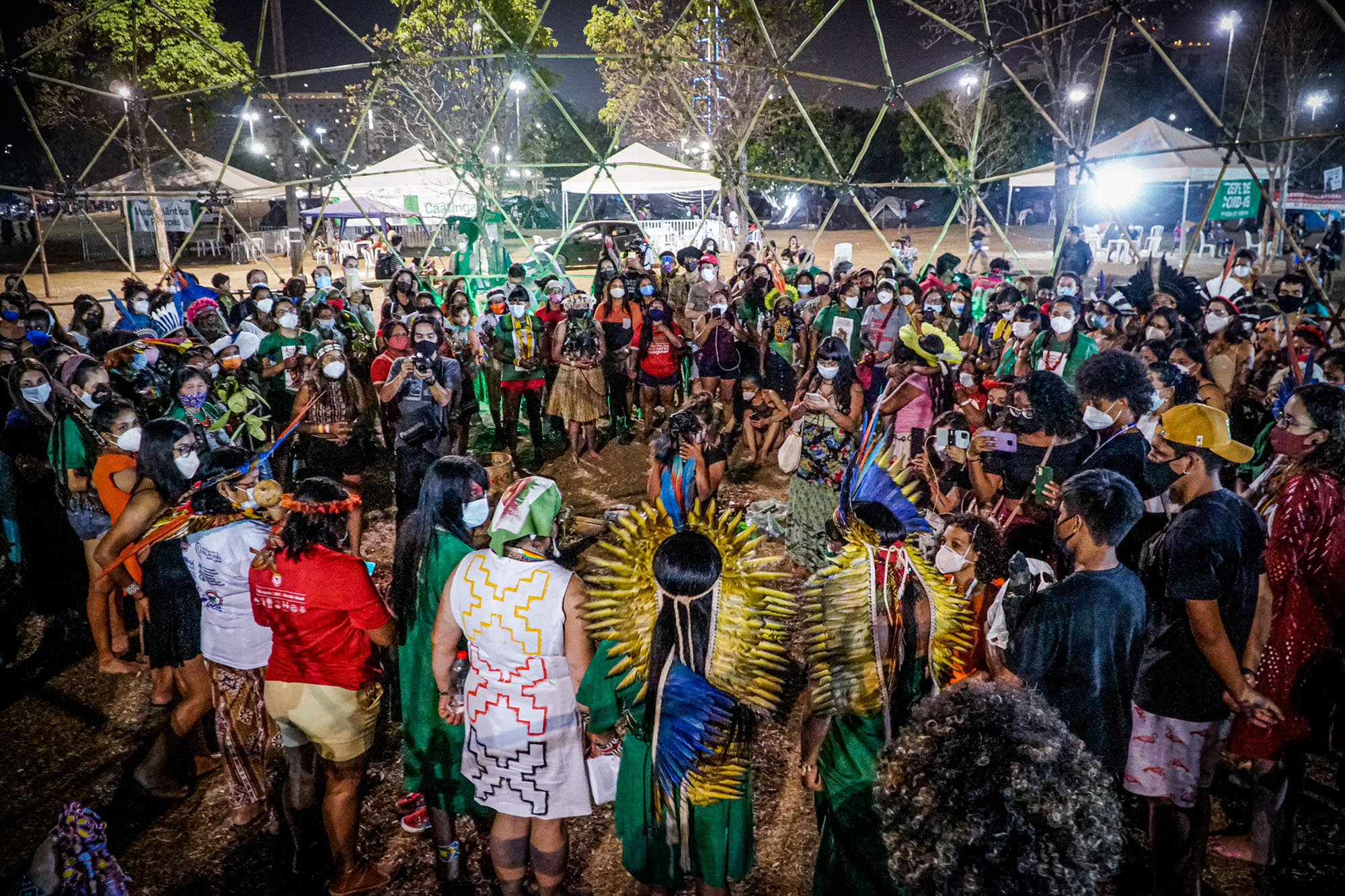

Francia Márquez: The Land Defender Redefining Colombian Politics
By Ángela Castillo-Ardila and Valeria Ramírez-Castañeda | Examining the backstory of Colombia's Francia Márquez, who is making history as a candidate in Colombia's 2022 presidential elections.

Holding Together: An Approach to Briggs’s Methods for the Study of Epidemics
By Bernardo Moreno Peniche | Using Charles Briggs' recent book Unlearning as a launching pad to discuss coloniality and notions of traditionality and modernity in approaches to public health and disease control.

Waterworks: Desiccation, Desedimentation, Writing
By Alfonso Fierro | Looking at the work of Cristina Rivera Garza, author, translator, and critic, who created one of the first Hispanic creative writing programs in the U.S., alongside that of José Revueltas, in delving into what Rivera Garza calls "desedimentation" - unpacking the layers of literature.

Breathing in Tandem: Notes on Co-Translating Cristina Rivera Garza’s Poetry
By Ilana Luna and Cheyla Samuelson | Discussing the work and creativity involved in their translation of some of the works of Cristina Rivera Garza, and of translation in general. Featuring their translation of her poem "THE SOUND."

A Modern-Day Nahua Artist from Chicontepec
By Abelardo de la Cruz | Celebrating the work of Nahua artist Norma Martínez, Abelardo de la Cruz looks at her life story and art, and she shares two of her paintings. Read in English | Leer en español | Xicpohua ica nahuatlahtolli

Memory Making in Contemporary Peru: El Santuario de La Hoyada
By Emily Fjaellen Thompson | Examining the ongoing efforts to preserve the memory of the victims of violence and human rights abuses through memorials and other public spaces and art in Ayacucho and other parts of Peru.

Reviving Lídio’s Words: An Unexpected Collaboration in the Brazilian Amazon
By Ailén Vega, Honésio Dace Munduruku, and Rosamaria Loures | Collaborating with Lídio Karo, a Munduruku elder in the Brazilian Amazon and renowned keeper of origin stories and chants, who generously shared those memory songs with the three authors.

The Work of the Gender in Language Project
By Ben Papadopoulos | Describing the origins and progress of the Gender in Language Project, which seeks more neutral forms of expression in languages with gendered structures.
This Issue's Team
Chair: Natalia Brizuela
Vice Chair: Julia Byrd
Program Coordinator: Janet Waggaman
Editor: Deborah Meacham
Design and Layout: Greg Louden
The views and opinions expressed in this publication are those of the authors and do not necessarily reflect the position of the Center for Latin American Studies or UC Berkeley.
The contents of this magazine were developed under a grant from the U.S. Department of Education. However, those contents do not necessarily represent the policy of the Department of Education, and you should not assume endorsement by the Federal Government.
